Top Hidden Facts of the Legendary Aircraft B747
The 747 is considered to be one of the most iconic aircraft in the world because it shocked all the world when it was first launched as it has the most unique design and is surely one of the most popular aircraft out there.

Do you have similar website/ Product?
Show in this page just for only
$2 (for a month)

0/60
0/180
The 747 is considered to be one of the most iconic aircraft in the world because it shocked all the world when it was first launched as it has the most unique design and is surely one of the most popular aircraft out there. 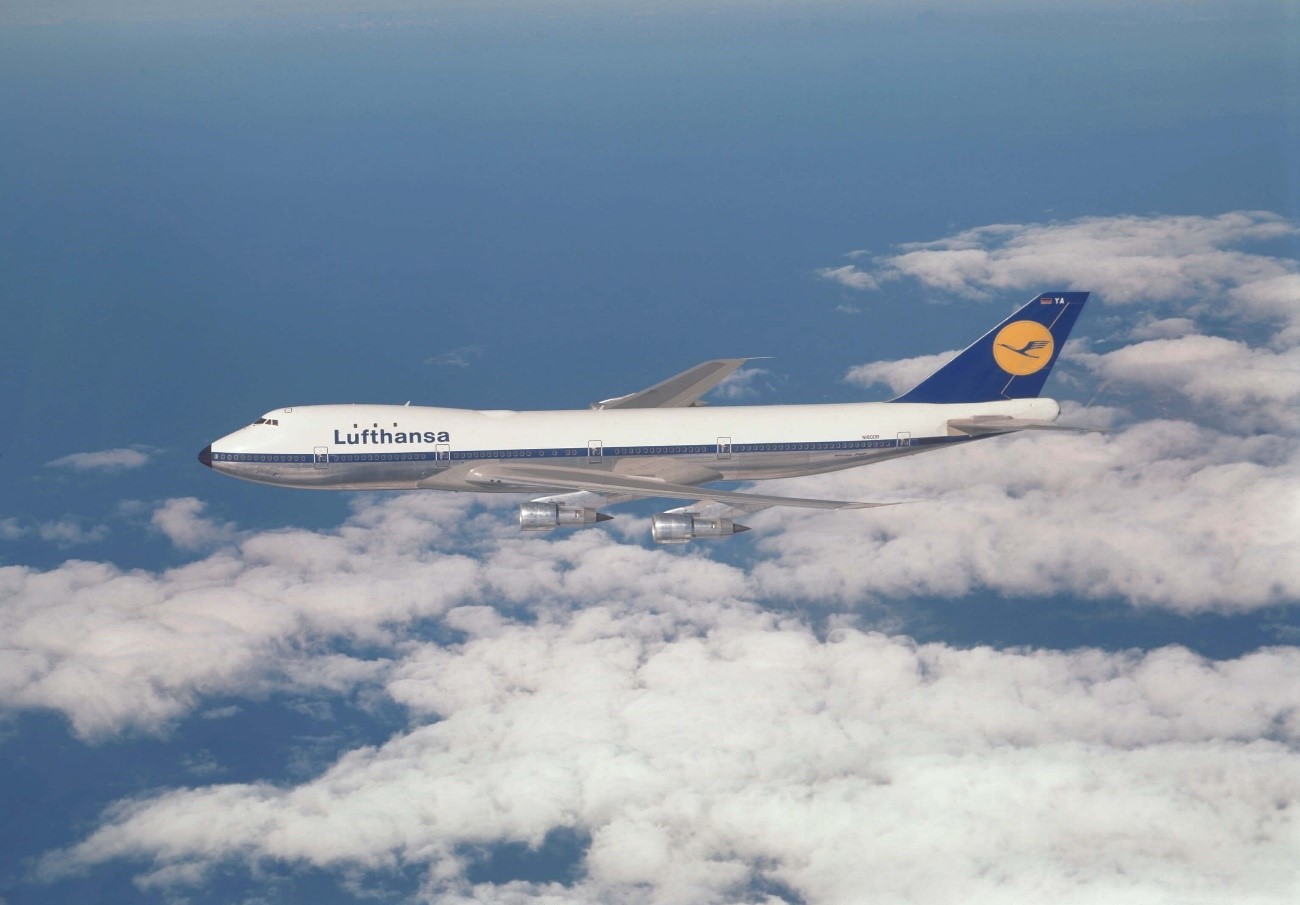
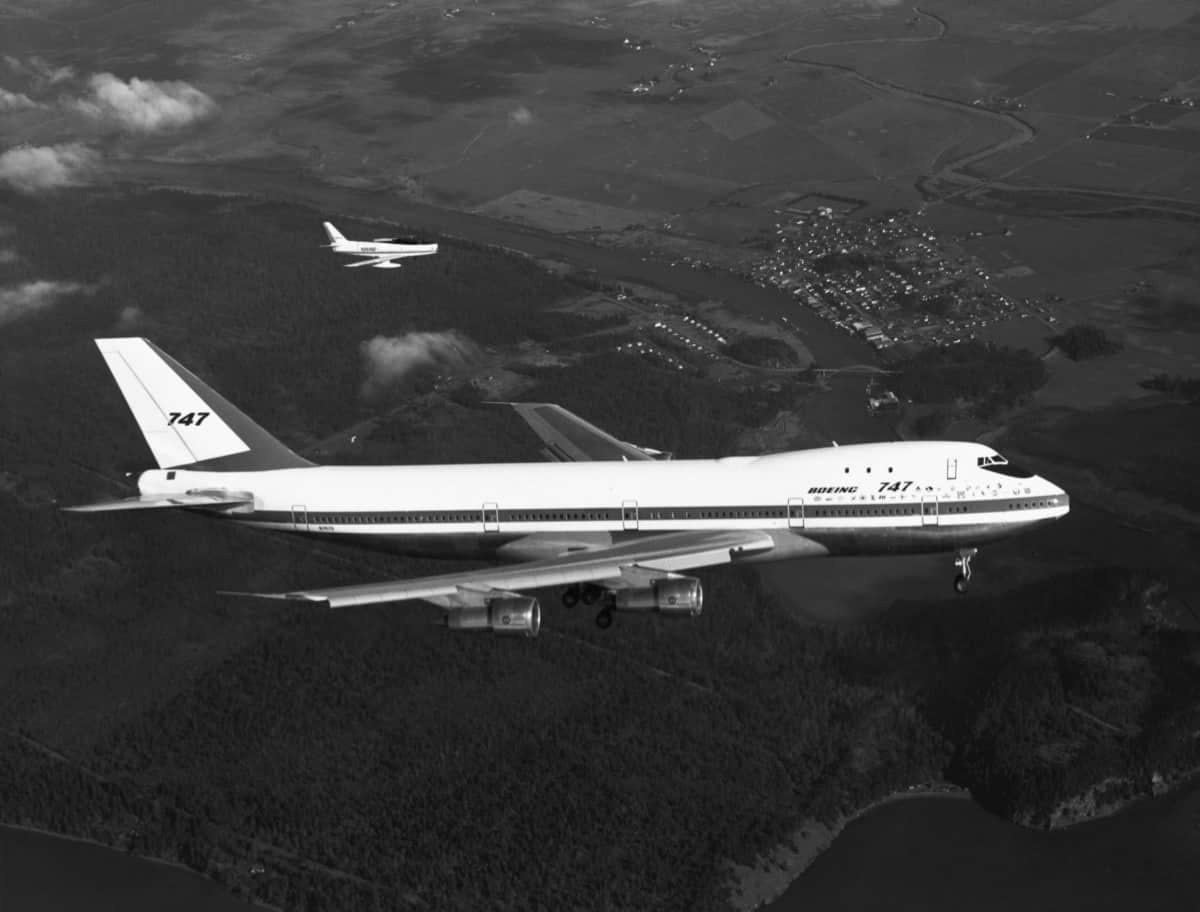
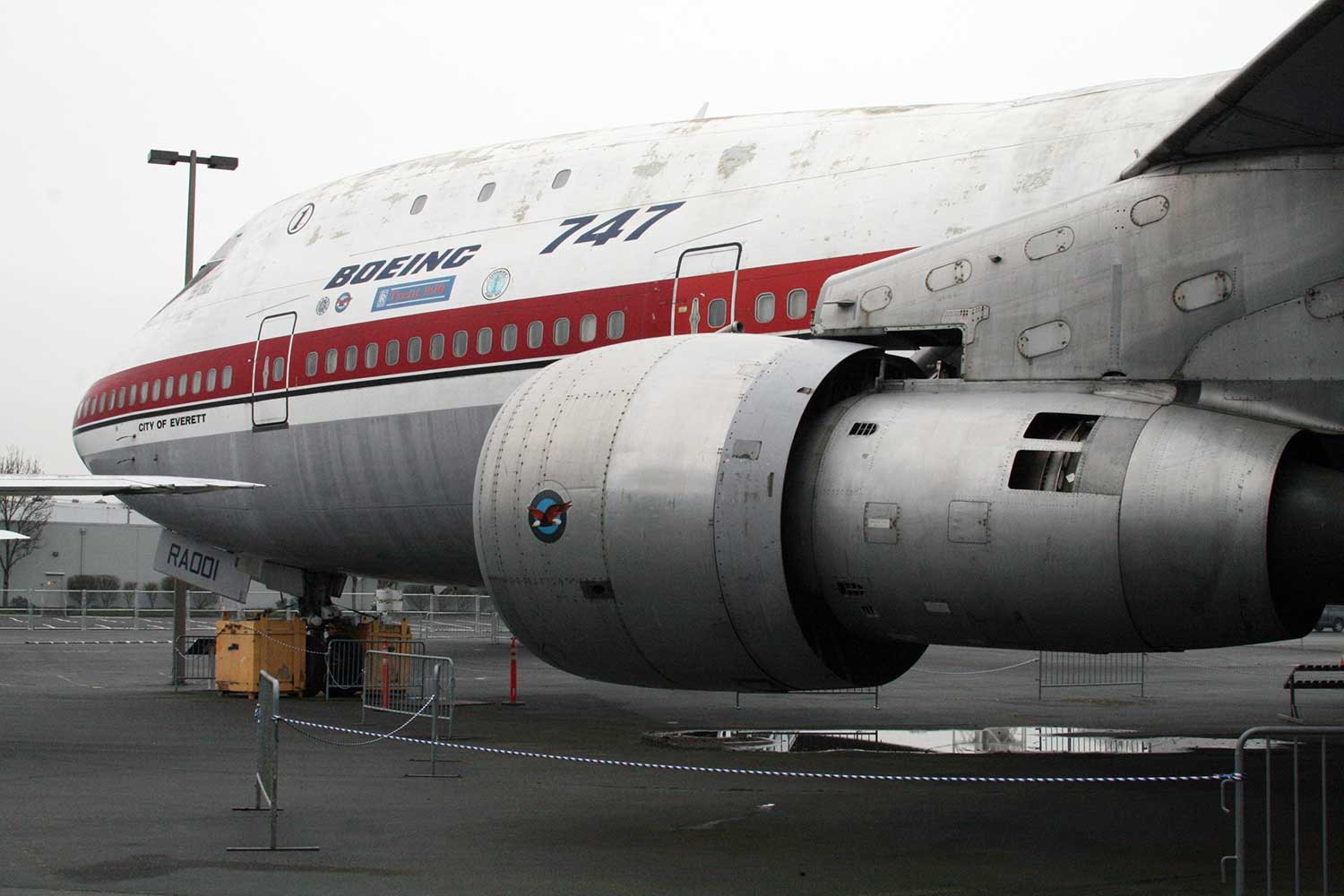
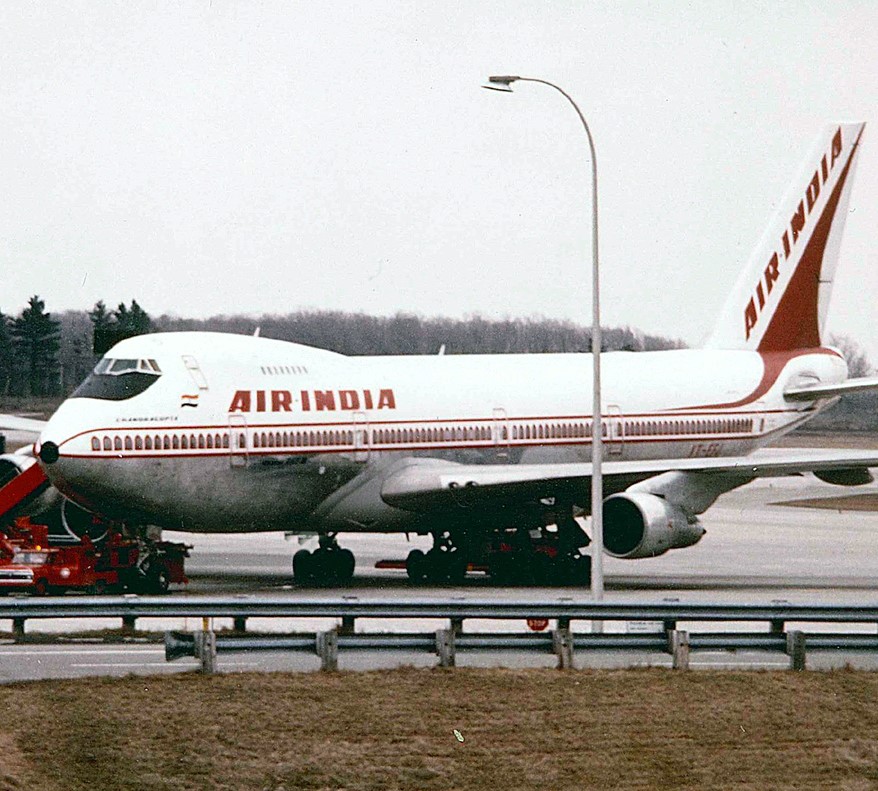
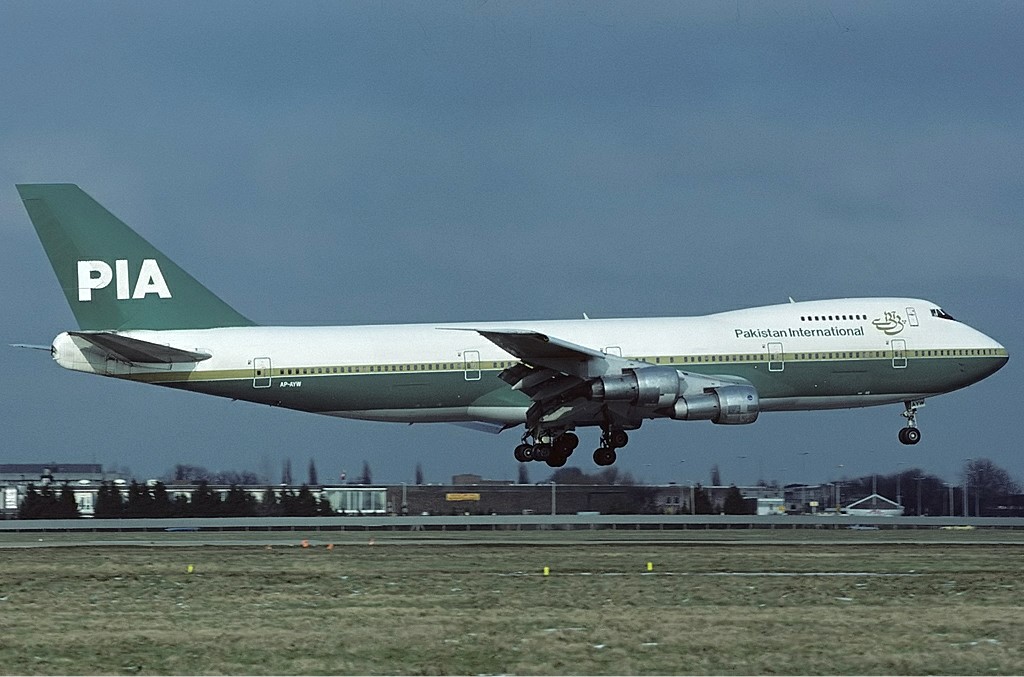
If you are curious to know some of the hidden facts of the legendary 747 then you are surely at the right place as here, we will discuss some of the best facts of this super-jet. so, make sure to check this article till the end.

The essential wide-body
The 747 presented the hour of the twin-way, a wide-body voyager plane. In any case, had it been up to Pan Am's originator, Juan Trippe, the complimented fly may have been a twofold deck version of the single-way Boeing 707. Trippe pushed the plane's organizers to think about a two-layer, a shape that Boeing engineer Joe Sutter, known as the "father of the 747," called a "turkey."
It took a Boeing boss' drive in a get-together in a Pan Am meeting space to change Trippe's viewpoint. The segments of the room were all things considered comparable to the proposed wide-body 747's width and height, and Pan Am was fascinated. Within the 747 was made in relationship with the Seattle-based firm Teague, Boeing's drawn-out stop design associate.
It was the chief plane to have vertical sidewalls and a high rooftop, giving voyagers a vibe of room and straightforwardness. Maybe then a long, thin chamber, the hotel was isolated into "rooms," with galleys and bathrooms presented as dividers. It's a shape that has portrayed significant length travel for very nearly 50 years.

Up-sized air terminals
The 747's estimations colossally appeared differently about the 707s and Douglas DC-8s that were the foundation of aircrafts' overall task forces during the 1960s. With numerous explorers appearing and leaving on every enormous fly, air terminals expected to quickly change, with broadened stacking up lounges, enlistment counters, and terminals.
Each overall carrier expected to have the differentiation of flying a 747, inferring that current customs and development areas were after a short time overwhelmed with various, simultaneous appearances of the huge plane. Ground-support gear is expected to create, too. Airplane pulls got fundamentally more prominent, to manage the 747's gigantic heap of more than 750,000 pounds. Cooking trucks were acclimated to show up at the hotel doorways far ludicrous, and refueling huge haulers presently expected to stretch to show up at the underside of the colossal wings.
Amazing payload hauler
The 747 was arranged when the carrier business expected the supersonic vehicle - SST for short - to be the airplane of what might be on the horizon. The world's first supersonic vehicle airplane, the Soviet-arranged Tupolev Tu-144, had made its woman trip in 1968 and the Anglo-French Concorde made headway two months sometime later.
Experts during the 1960s expected that the 747 would have a short lifetime as an explorer fly, in the end offering a way to deal with airplanes going at different events at the speed of sound. So the 747's fashioners endeavoured to future-proof the massive by designing it to passing on cargo. The guideline deck of the 747 was measured around 20 feet wide, to manage two standard burden holders.
To make stacking easier, the nose of the cargo model of the 747 opened and turned upwards.
That suggested that the cockpit should be arranged a ridiculous deck, giving the Queen its specific projection basically behind the flight deck.
What was at first envisioned as a gathering rest an area in that space transformed into the stream's most renowned component, the voyager unwind.
Simply in later structures did that upper deck get reached out to oblige a tremendous seating area. As it wound up, the Boeing SST project - the 2707 - was dropped in 1971, the Tupolev Tu-144 was forever grounded after only 55 booked flights, and Concorde made its last flight right around 15 years earlier.
Concerning the strong 747, more than 1,500 of them have been made ridiculous for a very long time. The last Boeing 747 business explorer stream to be passed on was in July 2017 - a tremendous for Korean Air Lines - and in January 2018 US voyager exercises were completed when Delta Air Lines Flight 9771 arrived in a jetliner boneyard in Marana, Arizona.
Overseas travel on the huge stream isn't done, nonetheless. Lufthansa has 10 747-400s and 19 747-8s in its naval force. An agent said the German flag carrier continues working the airplane on courses in North America, Asia, and other significant length complaints.

The new tremendous fan
New planes and new motors are made all the while.
New airplane originators may hope to eat up less fuel, make more power, and adventure lighter-weight plans from motor planners. The 747 required a massive jump in motor impact and capability to get the tremendous plane noticeable all around and get cash for the carriers. Pratt and Whitney changed the condition of stream motors interminably with their JT9D turbofans for the 747. The motor shifted from before power plants by having a huge fan at the front.
A colossal proportion of air is obliged into the motor, in any case, only a bit of fragment goes into the motor's middle where it is stuffed, mixed in with the fuel, and ignited to drive the turbine. The inside turbine turns the colossal fan, pushing the stream forward. With by far most of the air stream facilitated around - rather than through - the focal point of the motor, it was the essential "high-avoid" turbofan of the fly age.
The arrangement makes the motor more quiet, even more momentous, and with better eco-cordiality. Moreover, as opposed to the yell of earlier age streams, the 747 "murmured" when it took off. The 747 may have been the first, be that as it may, presently every explorer stream is constrained by a marvelously reliable and complex high-evade turbofan motor.

The certified distinct advantage?
The 747 went into the organization during the 1970s, during a time of major social change. It drove noteworthy improvement in air travel, the movement business, and the relationship between people all through the planet. In its first year, a stacked 747 cut the cost of flying an explorer extensively. Flying ended up being promptly more accessible. In any case, conceivably the honour for the best change in air go should go to the 747's more prepared family, the 707.
That smooth-flying, fly-controlled pioneer was a quantum bounce from the "chamber pounders" that went before it. It related landmasses in just hours and showed the world the power of stream travel. Brien Wygle, the co-pilot on the 747's first flight, and Boeing's past VP of flight exercises, definitely thinks so. "The more restricted flight times, the higher statures, the better pressure - a lot of things we completed with the 707 were reformist," he reveals to CNN Travel. "The 747 worked with that comparable heading, yet you can't dismiss what the 707 did.
"Yet the 747 was a striking plane, and I esteemed it."
Originally Designed with Two Full-Length Decks
The A380 before the A380! It's actual, Joe Sutter, the lead architect of the Boeing 747, and Pan Am's Juan Trippe, at first expected to make an aircraft with two decks the whole length, similar to the Airbus A380 you find in the skies today.
Two reasons didn't occur.
- The lower roof stature of each deck made the load less viable.
- At the time, two decks couldn't be cleared in the compulsory 90 seconds or less for airworthiness confirmation.
Shock, It's Still the Fastest Commercial Plane
There's such a lot of buzz concerning the new age of Boeing 787 Dreamliner and Airbus A350 aircraft, which are changing traveler experience through better internal compression, diminished clamour, and more noteworthy eco-friendliness, yet with regards to getting someplace quick ? they're no counterpart for the Queen.
The Boeing 747 is the quickest commercial airplane, with a maximum velocity of Mach .86, simply over 650MPH, and its lone fitting that on its 50th commemoration in 2020, it set an overseas flight record between New York and London, making it in less than 5 hours! That is the reason why the Boeing 747 is very commonly known as the queen of the skies, because of these key and amazing features that are fascinating to any traveler. As no doubt, every traveler wants to reach their destination as quickly as possible and the Boeing 747 is surely the best in this business.

The Boeing 747 Has Flown 3.5 Billion People
Alright, sure, it's been around some time, however with a total populace of 7.53 billion individuals, that implies generally a large portion of the planet has sooner or later set foot on a Boeing 747. Placing that into point of view, it's assessed that 5 billion individuals approach cell phones. The plane has made due from the supposed "brilliant age" of Pan Am directly through to the present time, which very few planes can make a case for.
CONTINUE READING
Travel
S. Omair
Writer
